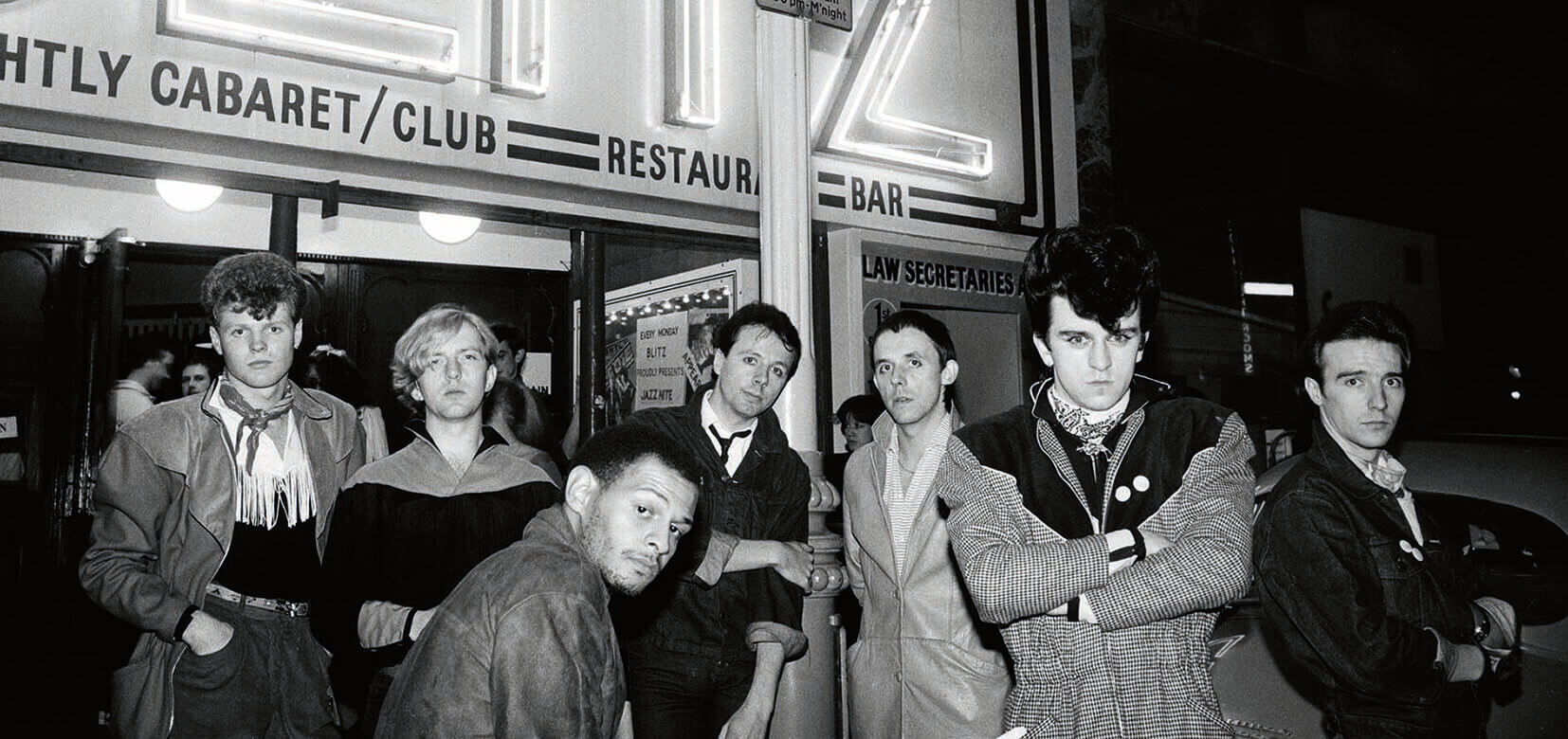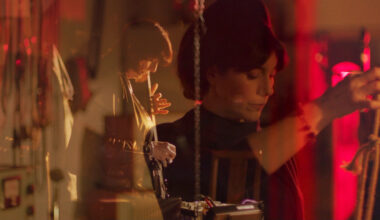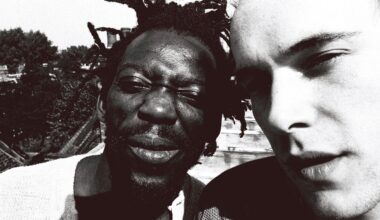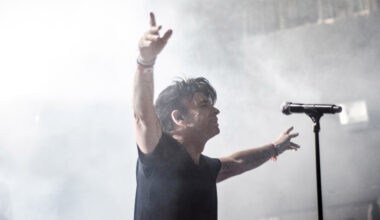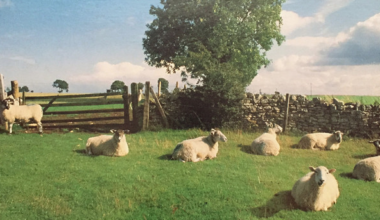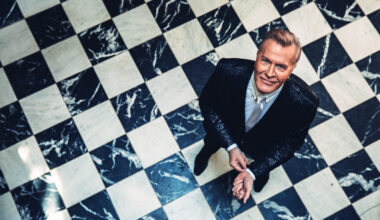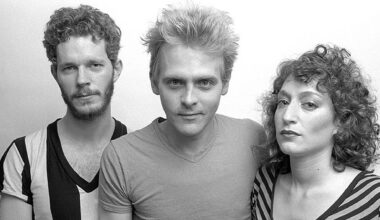Our oral history of the fabled nightspot taps into the memories and wild stories – subversiveness, fisticuffs, the night David Bowie turned up – of the Blitz Kids who were there
Want to read more?
Sign up to Electronic Sound Premium to gain access to every post, video, special offers, and more. 100%, all you can eat, no commitment, cancel any time.
Already a premium member? Log in here
